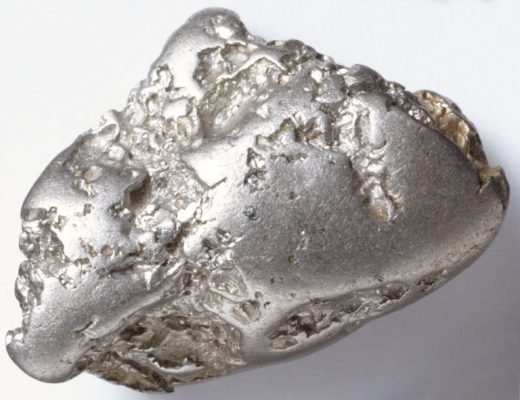Zimbabwe registered declines in most minerals in the second quarter of this year on the back of worsening power outages, against the backdrop of persistent fuel challenges, foreign currency shortages, and rising inflation, among other factors.
However, the latest statistics from the Reserve Bank of Zimbabwe (RBZ), show that platinum group metals (PGMs), which mineral-rich Zimbabwe is believed to have the world’s second-biggest known deposits after South Africa, offset some of the declines.
Most key minerals underperformed in the second quarter of 2019, compared to the same period in 2018. Declines were recorded for gold (39,6 percent), coal (36,2 percent), diamond (33,9 percent), black granite (30,5 percent), and chrome ore (26,8 percent).
But major PGM minerals namely; platinum and palladium debunked the downward trend after registering growths, during the second quarter of 2019.
Gold output stood at 6 261 kg in the second quarter of 2019, about 40 percent lower than 10 373 kg produced in the same quarter in 2018. This was also 10 percent below the bullion output achieved in the first quarter of this year.
The decline in gold output was exacerbated by power outages, due to the extremely low dam water levels in Kariba Dam, despite the firming international prices.
“Electricity output for the second quarter of 2019 stood at 2 256,4 gigawatt-hours, 8 percent down from the 2 494,60 GWh produced in the first quarter of 2019.
“The decline in electricity output was largely due to lower output at Kariba (Dam), attributed to water rationing, as lake levels decline,” the RBZ noted.
Platinum output, at 3 695kg in the second quarter 2019, was 8,2 percent above the output for the first quarter of 2019 and exceeded output in the second quarter of 2018 by 7,5 percent.
Similarly, palladium output stood at 3 085kg in the second quarter of 2019, about 9,2 percent more than the first quarter of 2019 output and 9,6 percent above output realised in the same quarter in 2018.
“Gold output has also been weighed down by foreign currency challenges, fuel shortages as well as escalating production costs. Gold deliveries to Fidelity Printers and Refiners (FPR) also declined as a result of increased smuggling and diversion of gold to the parallel market,” RBZ said in its quarterly report.
Diamond output increased by 33,7 percent, from 461 348 carats in the first quarter of 2019 to 617 044 carats in the second quarter of 2019, but went down 34 percent compared to output achieved in the same period in 2018.
“The decline was mainly due to reduced throughput at ZCDC, where output declined by 42 percent, compared to the same period in 2018. The ZCDC was adversely affected by working capital challenges, during the period under review.”
Chrome output stood at 0,367 million tonnes in the second quarter of 2019, about 26,8 percent lower than output produced in the same period in 2018.
The output of chrome during the second quarter of 2019, at 0,367 million tonnes, was 12,4 percent below the 0,419 million tonnes produced during the first quarter of 2019.
The central bank said the chrome production continued to mimic developments in the international prices of both chrome ore and high carbon ferrochrome (HCF).
Coal output stood at 0,62 million tonnes in the second quarter of 2019, about 36 percent below the output produced in the same period in 2018. The second quarter of 2019 coal output, however, surpassed the 0,305 million tonnes produced during the first quarter of 2019.
“Prices of coal that prevailed during the second quarter of 2019, were below the cost of production, thus, effectively discouraging production,” the RBZ said.
Nickel output stood at 4 524 tonnes in the second quarter of 2019, up from 3 816 tonnes in the first quarter of 2019. Output during the second quarter of 2019 was higher by12,6 percent, compared to the same quarter in 2018, largely driven by increased production from both the primary and secondary producers.
Business Weekly
.png)




